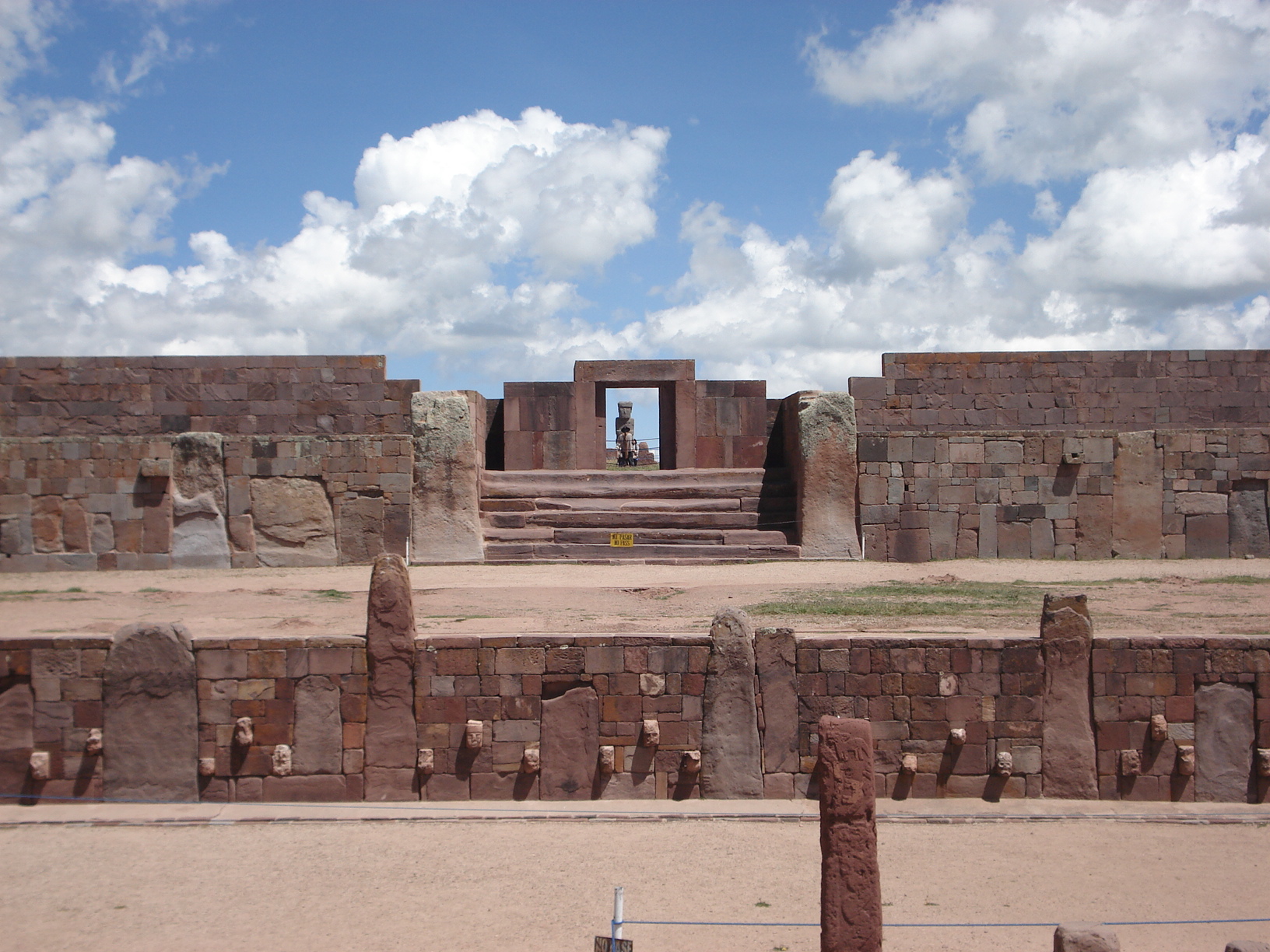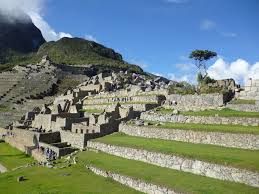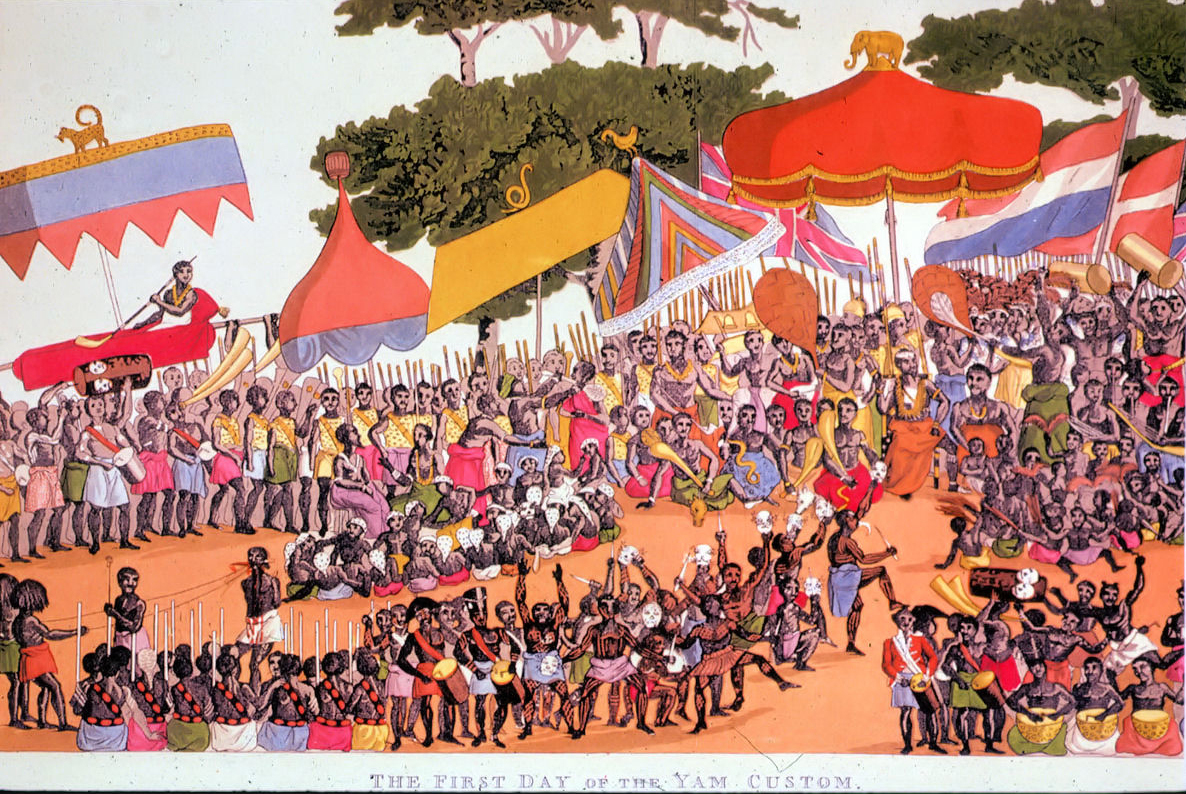Inca Society |
Pachacuti and his son Topa Inca managed to reform these vastly different regions, inhabited by over 100 different tribes of people into a political union that could feed and clothe millions of people, carry out tremendous construction programs, and supply large armies. He called his new United Kingdom Cuzco, and he introduced an ingenious system of government, social system, economy and religion. Inca Social StructureIn Inca social structure, the ruler, Sapa Inca, and his wives, the Coyas, had supreme control over the empire. The High Priest and the Army Commander in Chief were next. Then came the Four Apus, the regional army commanders. Next were temple priests, architects, administrators and army generals.
Next were artisans, musicians, army captains and the quipucamayoc, the Incan accountants. At the bottom were sorcerers, farmers, herding families and conscripts. One third of the land belonged to the emperor and the state, others to the high priests, gods, and the sun, the last was for the allyu themselves. Class of Incan SocietyThe final class of Incan society was the Ayllu or "family groups", this class consisted of the general public, people who had been conquered by the Incas and prisoners. Although this is a stratified system Incan people in the Ayllu class were able to move up in life. When boys reached the age of 13 and when girls reached the age of their first menstrual cycle they had to take an IQ test.
Ownership of the land was divided between the gods, the emperor and the allyu. The peasants would then work the land, not only to sustain themselves but also to sustain and participate in the growth of the entire empire. The hierarchy within the allyu was rather complex, with lesser chiefs in charge of a specific number of people. Life style of Inca's WomenWomen were not counted in the census, and only men were considered as working subjects under the authority of their allyu. Every aspect of Inca life was highly organised. Each person's life was divided into stages. At each stage they were expected to different tasks. Naturally adults in their prime were expected to do the hardest work. Children and old people did the easiest tasks.
In curing ceremonies, herbs, and other plants were used as medicines by the priests. Trephining which is a type of operation was performed by surgeons. This operation involved cutting away a section of the skull. This was believed to release evil spirits or ease pressure on the brain. More info on- Inca Class Structure, Pyramid, Culture, Government |





